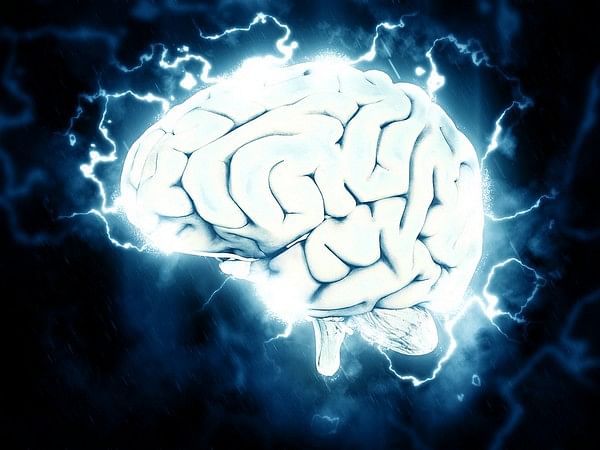California [US], July 7 (ANI): A study of 20 healthy people undergoing functional MRI while they were exposed to various intensities of light found that more than two dozen brain regions exhibited activation that either decreased or increased with light intensity, suggesting that the brain regions are sensitive to changes in light intensity with properties similar to intrinsically photosensitive retinal ganglion cells and thus represent a potential pathway through which light exposure might influence mood and cognitive disorders, according to the scientific journal PNAS.
According to a team of researchers including Shai Sabbah, Michael S. Worden, Dimitrios D. Laniado, David M. Berson, and Jerome N. Sanes at the University of Pittsburgh Brain Institute, changes in ambient illumination, thus luxotonic properties unrelated to form vision, are sensed by humans, and these changes influence a wide range of functions, including circadian rhythms, visual reflexes, mood, and likely cognitive processing.
While image-forming pathways in the primate brain detect minute changes in illumination, it is unknown how light-intensity signals reach and are processed in brain structures involved in basic moods and their dysfunction, pathways that are likely descended from intrinsically photosensitive retinal ganglion cells.
We show that luxotonic signals exist in the prefrontal regions of the human brain. These signals are similar to intrinsically photosensitive retinal ganglion cells, and they may be responsible for light-intensity effects on complex behaviours.
Experimentation with animals revealed a mood-regulating neural pathway connecting intrinsically photosensitive retinal ganglion cells (ipRGCs) and the prefrontal cortex (PFC), which is involved in the pathophysiology of mood disorders. Because humans have light-intensity-encoding ipRGCs, we wondered if a similar pathway exists.
Functional MRI was used to identify PFC regions and other areas with light-intensity-dependent signals in this study. We found that 26 human brain regions have activation that either decreases or increases monotonically with light intensity. Luxonic activation was observed throughout the cerebral cortex, various subcortical structures, and the cerebellum, encompassing regions with functions related to visual image formation, motor control, cognition, and emotion. Light suppressed PFC activation, which decreased monotonically as light intensity increased.
The sustained time course of light-evoked PFC responses, as well as their susceptibility to prior light exposure, were similar to that of ipRGCs. These findings establish a functional relationship between light exposure and PFC-mediated cognitive and affective phenomena. (ANI)
This report is auto-generated from ANI news service. ThePrint holds no responsibility for its content.



